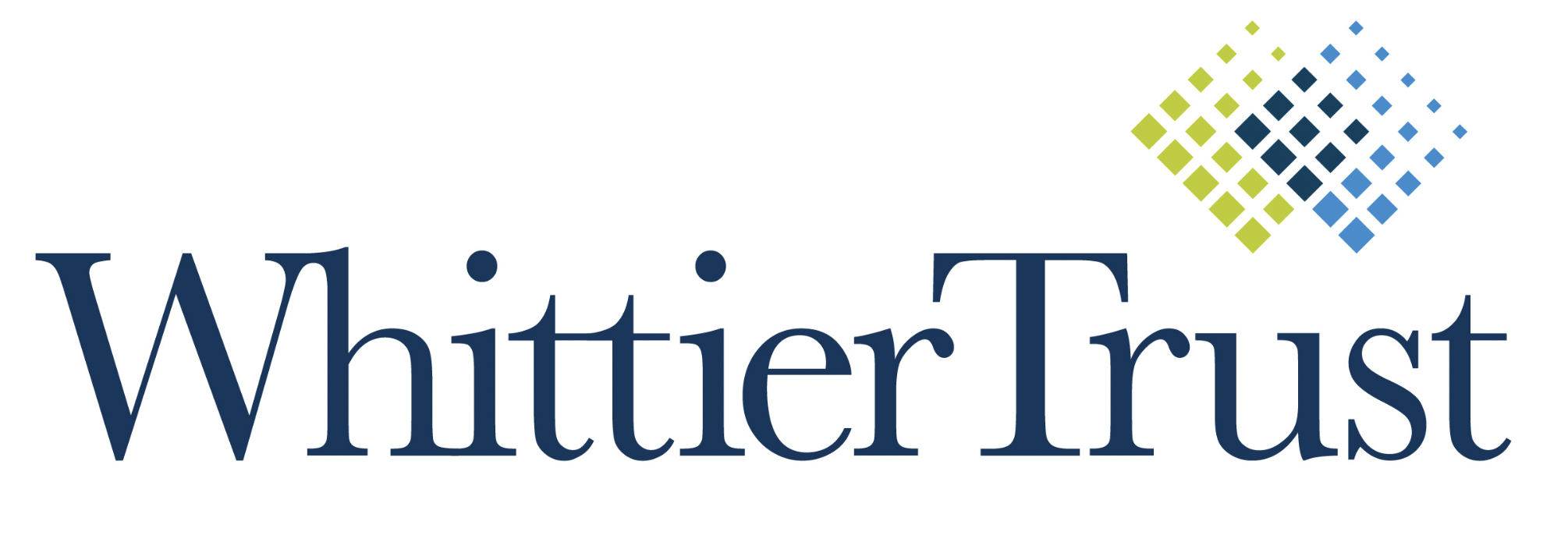Make sure your family’s property assets are stewarded from one generation to the next.
 The story of family wealth-creation in the West is not complete without a discussion of the role real estate has played in building multi-generational legacies. This is true throughout the region but specifically so in California. Almost every entrepreneur has a balance sheet that includes significant real estate assets in addition to whatever operating business may be the primary driver of the family’s fortune. In our experience at Whittier Trust, many of these entrepreneurs think of real estate as the “simple” part of the balance sheet. Buy the property, maintain the property and collect the rent—easy, right?
The story of family wealth-creation in the West is not complete without a discussion of the role real estate has played in building multi-generational legacies. This is true throughout the region but specifically so in California. Almost every entrepreneur has a balance sheet that includes significant real estate assets in addition to whatever operating business may be the primary driver of the family’s fortune. In our experience at Whittier Trust, many of these entrepreneurs think of real estate as the “simple” part of the balance sheet. Buy the property, maintain the property and collect the rent—easy, right?
Those of us who work with families holding large real estate portfolios know all too well that, while it may seem simple on the outside, the day-to-day of owning real estate is far from easy. The glamor in real estate comes from the acquisition and the disposition and rarely from the details of operating the property. As it is often said, the devil is in those details!
Multi-family housing is a good place to start our discussion since it may be the asset class that requires the most hands-on attention by owners. Units must be rented and common areas maintained, but there are a whole host of other considerations. What tools are employed to monitor market rental rates to ensure rents are sufficient? Is there someone in the family who will perform the day-to-day supervision of property management, or will they oversee an outside management company? Who is vigilantly reviewing insurance markets and the myriad of local governmental regulations concerning housing? Property management of multi-family buildings is fairly labor intensive and while the wealth-creating generation may do this work themselves, it is important to consider whether there is someone with the interest and aptitude in the next generation. If not, seeking a professional fiduciary may be a good option.
 Commercial and industrial buildings may be less hands-on, particularly if there are triple net leases in place. However, when vacancies arise, the buildings must be properly marketed to maximize the family’s return on the asset. What if there is damage to a building caused by a fire or a natural disaster? Who will vet potential new tenants for creditworthiness and overall desirability?
Commercial and industrial buildings may be less hands-on, particularly if there are triple net leases in place. However, when vacancies arise, the buildings must be properly marketed to maximize the family’s return on the asset. What if there is damage to a building caused by a fire or a natural disaster? Who will vet potential new tenants for creditworthiness and overall desirability?
When talking with families about succession planning concerning their real estate assets, our team at Whittier Trust often finds that the older generation who has been performing these oversight and management activities will downplay the difficulty involved and the skills required to successfully operate the real estate portfolio. We will hear things like “All they have to do is deposit the rent checks and pay the insurance and property taxes.” In our experience of serving as a successor trustee in innumerable trusts with real estate, there is always more to the story than depositing checks and paying a few bills.
In the worst-case scenarios, we see surviving spouses who have never been involved in operating the real estate being named as the successor trustee. This is usually done to provide the spouse with control, but there are better ways to accomplish this objective. An unprepared or unskilled spouse can easily make costly mistakes. Frequently, the surviving spouse is an older person who may not be fully able to appreciate and understand the responsibilities they’ve been given. They may experience confusion or even be susceptible to undue influence. This is a particularly difficult situation if the surviving spouse is the stepparent of the ultimate remainder beneficiaries. We often see litigation result in these cases.
 A best practice is to be as thorough and thoughtful about the succession plan for the management of the real estate as one would be in the planning for an operating business. Corporate trustees who have a history of direct real estate investment and management of a variety of assets, make good succession partners. The family can always be given control by holding the power to remove and replace the corporate trustee—a far better solution than having an ill-equipped family member serve in a fiduciary capacity.
A best practice is to be as thorough and thoughtful about the succession plan for the management of the real estate as one would be in the planning for an operating business. Corporate trustees who have a history of direct real estate investment and management of a variety of assets, make good succession partners. The family can always be given control by holding the power to remove and replace the corporate trustee—a far better solution than having an ill-equipped family member serve in a fiduciary capacity.
Selecting an experienced and trusted partner who can enter the situation when needed helps preserve and enhance the value of the real estate assets for generations to come.
Written by Thomas J. Frank, Jr., Executive Vice President, Northern California Regional Manager, Whittier Trust.
Featured in Mountain Home Magazine. For more information about trustee services or transitioning a real estate portfolio to the next generation, start a conversation with a Whittier Trust advisor today by visiting our contact page.
From Investments to Family Office to Trustee Services and more, we are your single-source solution.










